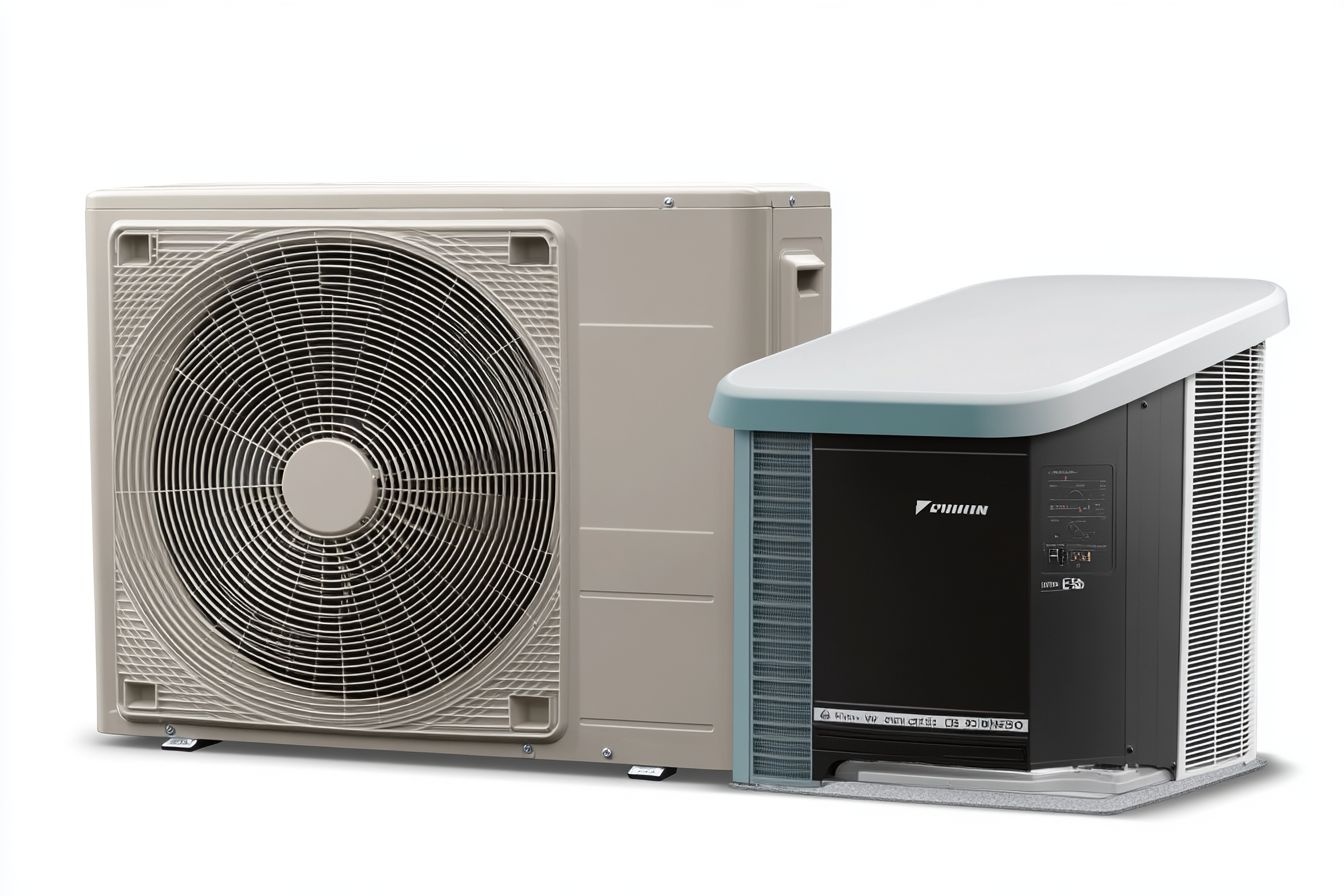Complete Guide to HVAC: Heating, Cooling & Ventilation
Explore how HVAC systems manage temperature, humidity, and indoor air quality to keep homes and businesses comfortable year-round. This comprehensive guide covers heating options, air conditioning mechanics, common system types and costs, and practical maintenance tips for energy-efficient performance. Learn what technicians do and how to choose and care for the right HVAC setup for your property.

Essential Heating Components and Options
Heating systems within HVAC setups come in several configurations, each suited to different climates and building needs. Traditional gas furnaces combust natural gas or propane to heat air circulated through ductwork, while electric furnaces rely on resistive heating elements. An increasingly popular alternative is the heat pump, which can both heat and cool by moving heat between indoor and outdoor air using refrigerant and a reversing valve. Ground-source (geothermal) heat pumps extract heat from the earth and offer high efficiency in suitable locations. Knowing how these technologies compare in efficiency, installation cost, and suitability for your climate can help you select the most effective solution.
How Air Conditioning Controls Indoor Climate
Air conditioners remove heat and moisture from indoor spaces to maintain comfort during warm months. The refrigeration cycle is central: refrigerant absorbs heat at the evaporator coil inside the building, the compressor raises refrigerant pressure and temperature, and the condenser outdoors releases that heat. An expansion device then reduces pressure before the refrigerant returns to the evaporator. Major components include the evaporator coil, compressor, condenser coil, and expansion valve—each playing a critical role in a continuous cycle that stabilizes indoor temperature and humidity.
Beyond central air systems, ductless mini-splits and packaged units offer alternatives for buildings without existing ductwork or for zoned temperature control. Proper sizing, correct refrigerant charge, and good airflow are essential for efficient AC operation and long service life.
Professional HVAC Technician Services
Qualified HVAC technicians perform installations, routine maintenance, and repairs that keep systems safe and efficient. Their training covers mechanical systems, electrical wiring, refrigerant handling, and diagnostic procedures. Typical services include system sizing and installation, annual tune-ups, filter and coil cleaning, refrigerant checks, and electrical safety inspections. Routine professional maintenance helps avoid breakdowns, preserve warranty coverage, ensure optimal efficiency, and extend equipment lifespan. When choosing a technician, look for licensed, insured professionals with strong references and up-to-date certifications in refrigeration and safety.
Common HVAC System Types and Costs
| System Type | Average Cost Range | Installation Time |
|---|---|---|
| Split System | $3,000 - $7,500 | 1-3 days |
| Packaged Unit | $4,000 - $8,000 | 1-2 days |
| Heat Pump | $4,500 - $8,000 | 1-2 days |
| Ductless Mini-Split | $2,000 - $14,500 | 1-2 days |
Prices, rates, or cost estimates mentioned in this article are based on the latest available information but may change over time. Independent research is advised before making financial decisions.
Maintenance and Efficiency Best Practices
Regular upkeep is vital to maintain comfort, reduce energy bills, and prolong system life. Simple homeowner tasks include changing or cleaning air filters monthly (or as recommended), keeping vents and registers clear of obstructions, and ensuring outdoor condensers are free of debris. More technical checks—such as refrigerant level verification, electrical connection tightening, blower motor inspection, duct leakage assessment, and coil cleaning—should be performed by a licensed technician at least twice a year, commonly before the heating and cooling seasons.
Upgrading to high-efficiency equipment, installing a programmable or smart thermostat, sealing and insulating ductwork, and improving home insulation can further reduce energy use. Proper system sizing is crucial; oversized equipment cycles on and off more frequently, which lowers efficiency and can increase wear.
Indoor Air Quality and Ventilation
Ventilation is a core HVAC function that exchanges stale indoor air with fresh outdoor air, controlling pollutants and humidity. Mechanical ventilation systems—such as energy recovery ventilators (ERVs) and heat recovery ventilators (HRVs)—provide fresh air while minimizing energy loss. Filtration upgrades can capture dust, pollen, and other particulates; in some settings, higher-efficiency particulate air (HEPA) filters or media filters are recommended, but compatibility with the system’s fan and pressure requirements should be checked.
Making Informed Decisions
Choosing the right HVAC system and maintenance plan depends on your building size, local climate, budget, and comfort priorities. Consider long-term operating costs and efficiency ratings (SEER for cooling, AFUE for furnaces, and HSPF for heat pumps) rather than just upfront price. Consult a reputable HVAC professional for load calculations and system recommendations tailored to your property.
Modern HVAC technology continues to evolve, delivering more efficient, quieter, and smarter climate control options. Whether you’re replacing aging equipment or starting from scratch, understanding heating, cooling, and ventilation basics empowers you to make decisions that improve comfort, indoor air quality, and energy performance.






